- No products in the cart.
Enalapril 10mg tab-PVD 20 pc
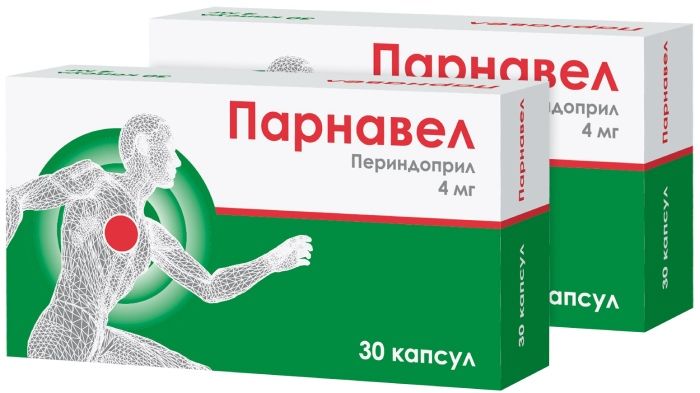
Parnavel 4mg capsules 30 units 1 + 1
$12.26
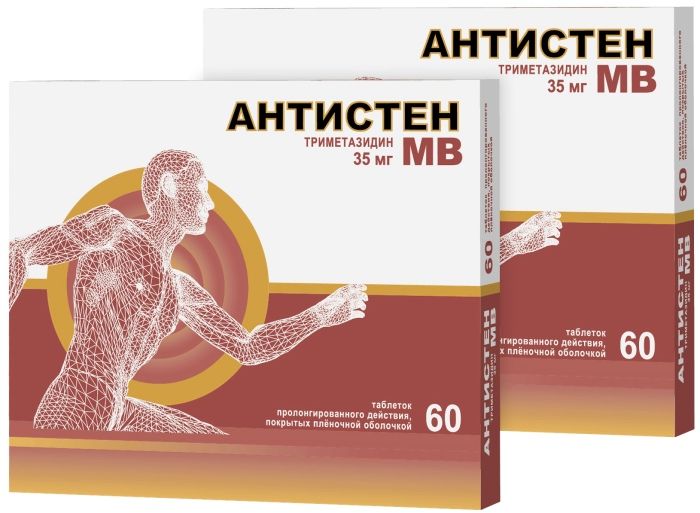
Antistius mV Table n / a film about prolong. 35mg pieces 60 1 + 1
$17.20
$1.04
Enalapril 10mg tab-PVD 20 pc
SKU: 308089232 Categories: Heart and blood vessels, High pressure, Medicaments Tags: enalapril, Obolensky
Description
Composition
Active substance:
1 tablet contains: Enalapril maleate 5 mg, 10 mg, 20 mg.
Excipients:
Corn starch, lactose (milk sugar), microcrystalline cellulose, colloidal silicon dioxide (Aerosil A-300), calcium stearate.
Description:
Tablets white or white color with a yellowish shade, Valium, with a facet.
Product form:
Tablets of 5 mg, 10 mg and 20 mg.
10, 15, 20 or 30 tablets in blisters of PVC film and aluminum foil printed patent.
1, 2, 3, 5 or 10 contour cell packages together with instructions for use placed in a pile of cardboard.
Contraindications
Hypersensitivity to enalapril and other ACE inhibitors, history of angioneurotic edema associated with treatment with ACE inhibitors, as well as idiopathic or hereditary angioedema, pregnancy, lactation, age 18 years (effectiveness and safety are installed).
Be wary of primary hyperaldosteronism, bilateral renal artery stenosis, stenosis of the artery to a solitary kidney, hyperkalemia, condition after kidney transplantation; aortic stenosis, mitral stenosis (with impaired hemodynamics), idiopathic hypertrophic subaortic stenosis, systemic connective tissue diseases, ischemic heart diseases, cerebrovascular diseases, diabetes, renal disease (proteinuria greater than 1 g / d.), liver failure, patients complying diet with restriction of salt or hemodialysis, while admission to immunosuppressants and saluretikami in the elderly (over 65 years), inhibition of bone marrow KRO etvoreniya; state, accompanied by a decrease in blood volume (including diarrhea, vomiting).
Dosage
10 mg
Indications
Arterial hypertension; Chronic heart failure (in a combination therapy).
Interaction with other drugs
When concomitant administration of enalapril with nonsteroidal antiinflammatory drugs (NSAIDs), including selective inhibitors of cyclooxygenase-2 (COX-2) may be reduced hypotensive effect of enalapril; potassium-sparing diuretics (spironolactone, triamterene, amiloride) may cause hyperkalemia; with the salts of lithium – lithium down hatching (shown control the concentration of lithium in the blood plasma).
In some patients with impaired renal function, and taking NSAIDs, including COX-2 inhibitors, concurrent use of ACE inhibitors may lead to further deterioration of kidney function. These changes are reversible.
Simultaneous treatment with antipyretic analgesics and can reduce the effectiveness of the drug.
Enalapril reduces the effect of formulations containing theophylline.
Hypotensive effect of enalapril increase diuretics, beta – blockers, methyldopa, nitrates, blockers «slow» calcium channel dihydropyridine, hydralazine, prazosin.
Immunosuppressants, allopurinol, cytostatics reinforce haematotoxicity. Drugs that cause bone marrow suppression, increase the risk of neutropenia and / or agranulocytosis.
The combined use of ACE inhibitors and hypoglycemic agents (insulin, hypoglycemic agents for oral administration) can enhance the hypoglycemic effect of the latter with the risk of hypoglycemia. This is most common during the first weeks of a joint application, as well as in patients with renal insufficiency. In patients with diabetes receiving hypoglycemic agents for oral and insulin, necessary to monitor blood glucose levels, especially during the first month of combined use of ACE inhibitors.
ACE inhibitors reduce the excretion of lithium by the kidneys and increase the risk of lithium toxicity. If necessary, lithium salts destination control required level of lithium in serum.
Symptom, including facial flushing, nausea, vomiting, and hypotension, in rare cases described in the combined use of gold preparations for parenteral use (sodium aurothiomalate) and ACE inhibitors (enalapril).
Overdose
Symptoms: marked reduction of blood pressure until the development of collapse, myocardial infarction, acute stroke or thromboembolic complications, convulsions, stupor.
Treatment: the patient is transferred to a horizontal position with a low headboard. In mild cases shown gastric lavage and intake of brine, in more severe cases – actions to stabilize blood pressure: intravenous administration of saline, plasma expanders, optionally – administering angiotensin II, hemodialysis (elimination rate enalaprilat – 62 ml / min).
pharmachologic effect
Pharmacological group:
An angiotensin-converting enzyme (ACE).
Pharmacodynamics:
Enalapril – antihypertensive from the group of ACE inhibitors. Enalapril is a “prodrug”: as a result of hydrolysis enalaprilat is formed, which inhibits ACE. Its mechanism of action is associated with a decrease in the formation of angiotensin I angiotensin II, reduction of which leads to a direct decrease in aldosterone release. In this decreases total peripheral vascular resistance, systolic and diastolic blood pressure (BP), the post – and the preload on the myocardium.
Artery expands to a greater extent than the vein, the reflex increase of heart rate frequency is not observed.
The hypotensive effect is more pronounced at high plasma renin level than at normal or reduced its level. Reduction of blood pressure in the therapeutic range has no effect on cerebral blood flow, cerebral blood flow in vessels is maintained at a sufficient level and the background of decrease in blood pressure. Strengthens the coronary and renal blood flow.
With prolonged use of reduced left ventricular hypertrophy and myocyte walls resistive arteries prevents the progression of heart failure and slows the development of left ventricular dilation. It improves blood flow to the ischemic myocardium. Reduces platelet aggregation.
It has some diuretic effect.
onset of antihypertensive effect during ingestion – 1 h, reaching a maximum after 4-6 hours and lasts up to 24 hours in some patients to achieve optimal blood pressure level needed therapy for a few weeks.. In heart failure, a significant clinical effect observed in long-term treatment – 6 months or more.
Pharmacokinetics:
After ingestion absorbed 60% of the formulation. Eating does not affect the absorption of enalapril.
Enalapril and 50% bound to plasma proteins. Enalapril is rapidly metabolized in the liver to form the active metabolite enalaprilat, which is a more potent inhibitor of ACE than enalapril. Bioavailability of 40%.
The maximum concentration of enalapril in plasma is reached after 1 hour, enalaprilat – 3-4 hours. Enalaprilat easily passes through the blood-tissue barriers, except for the blood-brain, a small amount crosses the placenta and breast milk.
. The half-life enalaprilat about 11 hours Return enalapril mainly kidneys – 60% (20% – as enalapril and 40% – in the form enalaprilat) through the intestine – 33% (6% – as enalapril and 27% – in the form enalaprilat) .
Removed during hemodialysis (rate 62 ml / min) and the peritoneal dialysis.
Conditions of supply of pharmacies
On prescription.
side effects
Enalapril-FPO® generally well tolerated and in most cases does not cause side effects requiring discontinuation of the drug.
Cardio-vascular system: excessive fall in blood pressure, orthostatic collapse, rarely – chest pain, angina pectoris, myocardial infarction, or stroke (usually associated with a marked reduction of blood pressure), rarely arrhythmia (atrial or bradi- tachycardia, atrial fibrillation), palpitations thrombosis, pulmonary artery branches, Raynaud’s syndrome.
Central nervous system: dizziness, headache, fatigue, insomnia, anxiety, confusion, fatigue, sleepiness (2-3%), rarely with high doses – nervousness, depression, paresthesia.
From the senses: vestibular disorders, hearing and visual impairment, tinnitus.
From the digestive system: dry mouth, anorexia, dyspepsia (nausea, diarrhea or constipation, vomiting, abdominal pain), ileus, pancreatitis, liver dysfunction and biliary excretion, hepatitis (hepatocellular or cholestatic), jaundice.
The respiratory system: nonproductive dry cough, sore throat, hoarseness, pulmonary infiltrates, interstitial pneumonitis, bronchospasm, dyspnea, rhinorrhea, pharyngitis.
Allergic reactions: skin rash, pruritus, urticaria, angioneurotic edema, rarely dysphonia, erythema multiforme, exfoliative dermatitis, Stevens-Johnson syndrome, toxic epidermal necrolysis, pemphigus, photosensitivity, serositis, vasculitis, myositis, arthralgia, arthritis, stomatitis, glossitis, intestinal swelling (very rare).
From the laboratory parameters: hypercreatininemia, elevated levels of urea, increased activity “liver” enzymes, hyperbilirubinemia, hyperkalemia, hyponatremia, hypoglycemia in patients with diabetes receiving hypoglycemic agents for oral or insulin. There have been, in some cases, decrease in hemoglobin concentration and hematocrit, increased erythrocyte sedimentation rate, thrombocytopenia, neutropenia, agranulocytosis (in patients with autoimmune diseases), eosinophilia.
From the urinary system: renal failure, proteinuria rare.
Other: alopecia, decreased libido, impotence, hot flushes.
special instructions
Care must be taken when administered to patients with reduced circulating blood volume (as a result of diuretic therapy, while limiting the consumption of salt, hemodialysis, diarrhea or vomiting) at increased risk of sudden and pronounced blood pressure lowering even after applying the initial dose of ACE inhibitor. Transient hypotension is not a contraindication for the continuation of treatment after stabilization of arterial pressure (BP). In case of repeated pronounced decrease in blood pressure, the dose should be reduced or eliminated product.
The use of high-dialysis membranes increases the risk of an anaphylactic reaction. Correction of dosing regimen in days free from dialysis, must be carried out depending on the blood pressure level.
Prior to and during treatment with ACE inhibitors requires periodic monitoring of blood pressure, blood parameters (hemoglobin, potassium, creatinine, urea, “liver” enzymes), protein in the urine.
Should be carefully observed for patients with severe chronic heart failure, ischemic heart disease and diseases of the brain, in which a sharp decrease in blood pressure can lead to heart attack, stroke, or renal dysfunction.
The sudden cancellation of treatment does not lead to the development of the syndrome of “rebound” (a sharp rise in blood pressure).
For newborns and infants who have been exposed in utero ACE inhibitors should be closely monitored for early detection of significant decrease in blood pressure, oliguria, hyperkalemia and neurological disorders, possible due to the reduction of renal and cerebral blood flow with a decrease in blood pressure caused by ACE inhibitors. When oliguria need to maintain blood pressure and renal perfusion by introducing the liquids and vasoconstrictors.
Before examining the function of the parathyroid glands should be abolished.
Alcohol enhances the hypotensive effect of the drug.
At the beginning of the treatment until the completion of the period of dose selection, you must refrain from driving motor vehicles and activities potentially hazardous activities that require high concentration and speed of psychomotor reactions, because dizziness, especially after the initial dose of ACE inhibitor in patients receiving diuretics.
Prior to surgery (including dental), you must notify the surgeon / anesthetist on the use of ACE inhibitors.
Storage conditions
Keep out of the reach of children!
Store at a temperature not higher than 25 C.
Dosing and Administration
Assign inside regardless of mealtime. To ensure the below dosage regimen may use the drug enalapril in a dose of 2.5 mg.
In monotherapy hypertension – an initial dose of 5 mg 1 time per day.
In the absence of clinical effect after 1-2 weeks the dose was raised to 5 mg. After receiving the initial dose, patients should be under medical observation for a further 2 hours and 1 hour, until it stabilizes blood pressure. If necessary and sufficient good tolerability, the dose can be increased to 40 mg / day. in 2 hours. After 2-3 weeks, transferred to a maintenance dose – 10 – 40 mg / day, divided into 1-2 doses.. At moderate hypertension average daily dose is about 10 mg.
The maximum daily dose of 40 mg / day.
In the case of appointment to patients concomitantly receiving diuretics, diuretic therapy should be discontinued for 2-3 days prior to the enalapril-FPO®. If this is not possible, the initial dose should be 2.5 mg / day.
Patients with hyponatremia (concentration of sodium ions in serum of less than 130 mmol / l) or creatinine concentration in the serum of more than 0.14 mmol / l initial dose – 2.5 mg 1 time per day.
When renovascular hypertension initial dose – 2.5 – 5 mg / day. The maximum daily dose – 20 mg.
In chronic heart failure the initial dose is – 2.5 mg once, then increase the dose of 2,5 – 5 mg every 3-4 days according to the clinical response to the maximum tolerable doses depending on the blood pressure, but not exceeding 40 mg / day. single or 2 divided doses. Patients with low systolic blood pressure (less than 110 mm Hg. V.) Therapy should be initiated with a dose of 1.25 mg. Dose selection should be conducted for 2-4 weeks. or in a shorter time. The mean maintenance dose of – 5 -20 mg / day. 1-2 reception.
In elderly patients often observed more pronounced hypotensive effect and an elongation time of the drug, due to the decrease in elimination rate enalapril, however recommended initial dose elderly – 1.25 mg.
In chronic renal failure accumulation occurs at lower filtration of less than 10 ml / min. If creatinine clearance (CC) 80-30 ml / min dose is usually 5 to 10 mg / day., With CC to 30-10 ml / min. – 2.5 – 5 mg / day, with CC less than 10 ml / min.. – 1.25 – 2.5 mg / day. Only in the days of dialysis.
The duration of treatment depends on the effectiveness of therapy. Too marked decrease in blood pressure dose gradually.
The drug used in both monotherapy and in combination with other antihypertensive agents.
Information
Appearance may differ from that depicted in the picture. There are contraindications. You need to read the manual or consult with a specialist
Additional information
| Weight | 0.100 kg |
|---|---|
| Manufacturer | Obolensky |

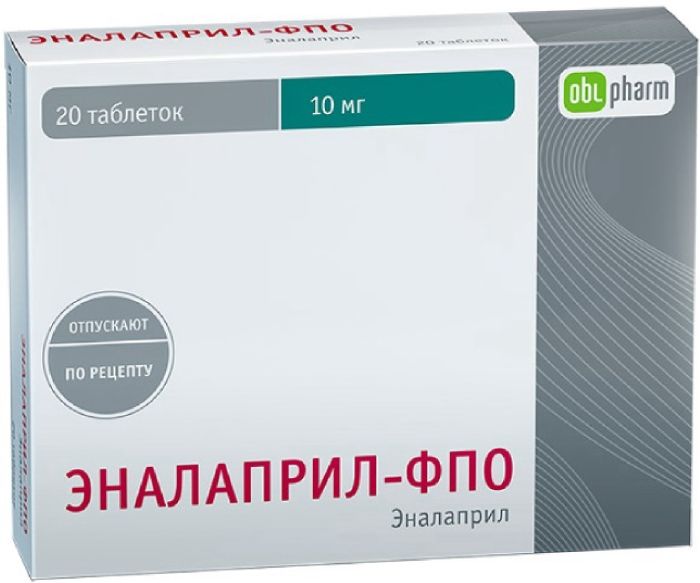
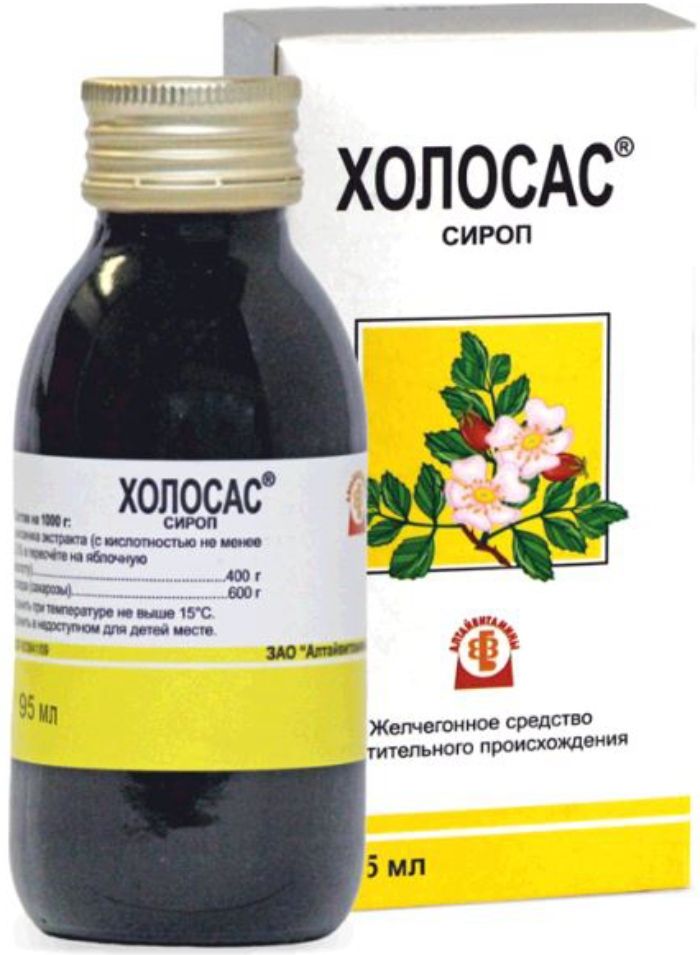
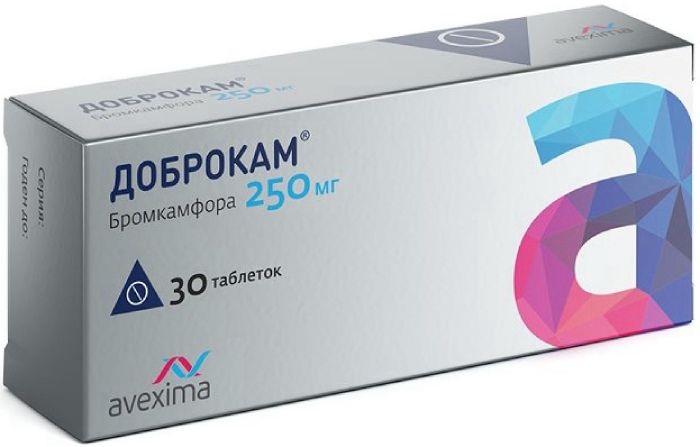
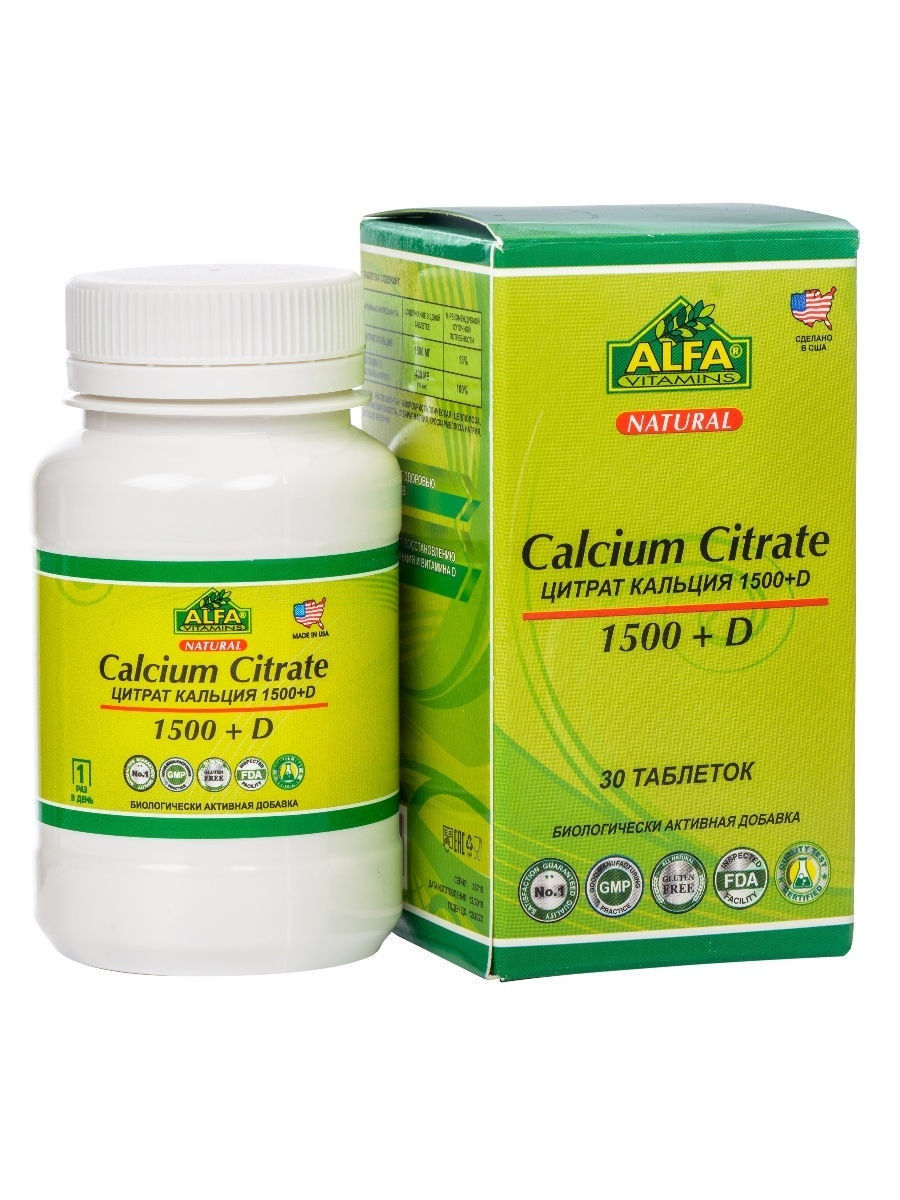

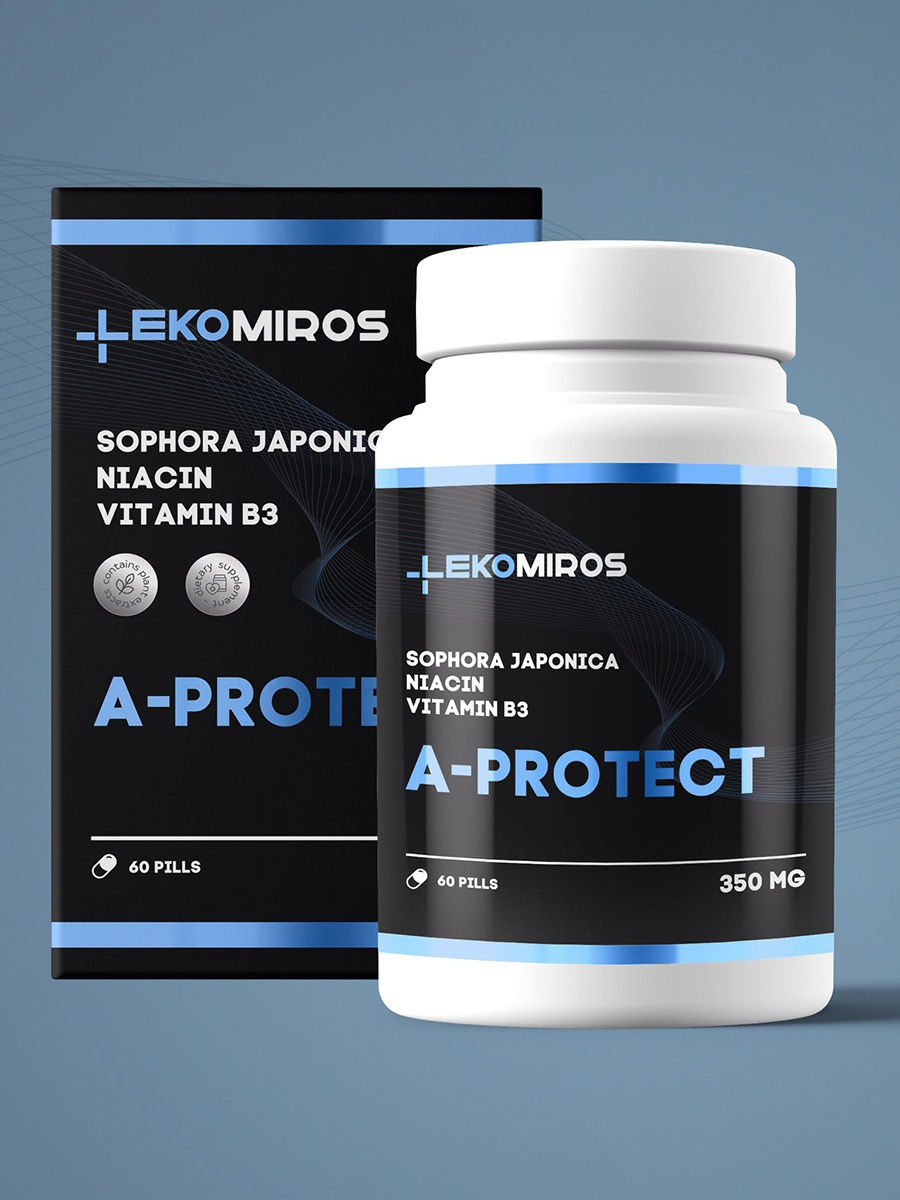
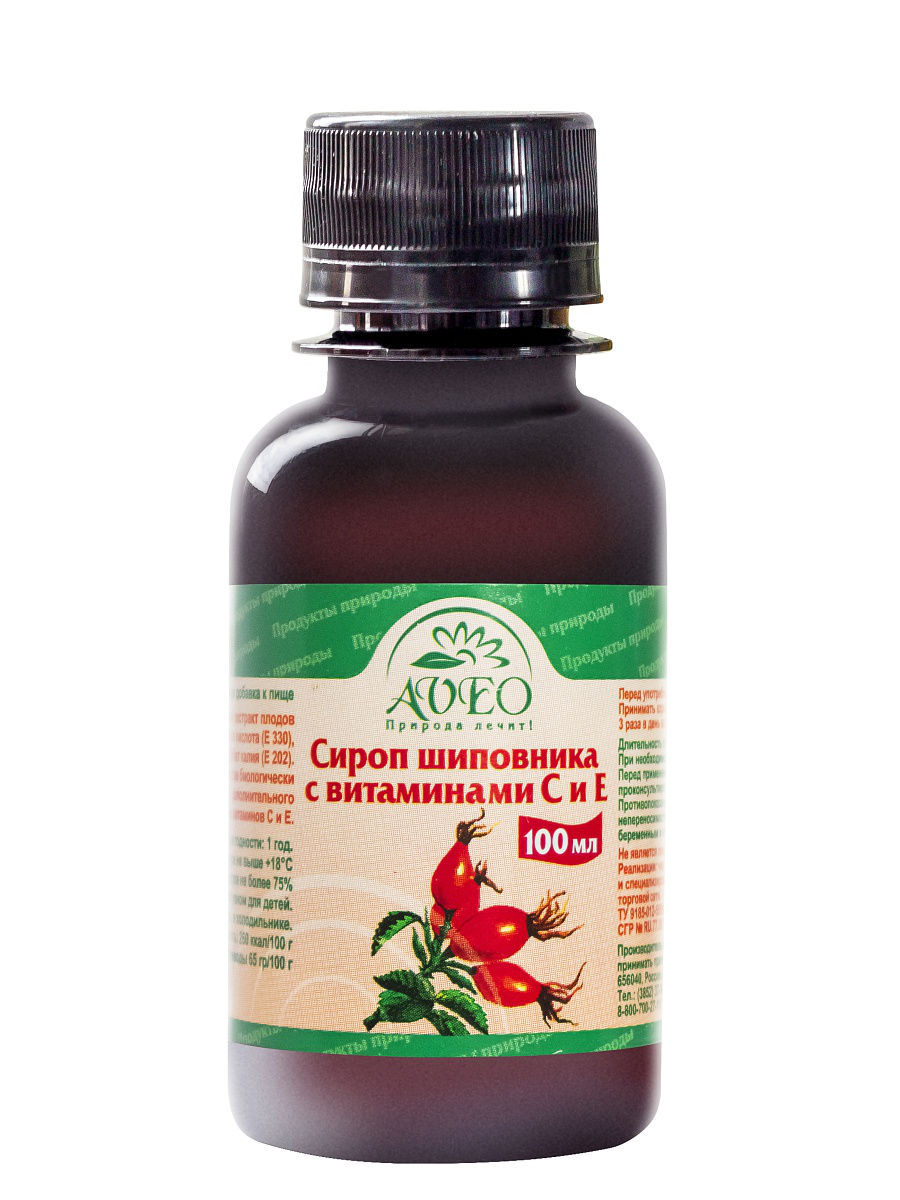



There are no reviews yet.